

Uh oh...
It appears that you're using a severely outdated version of Safari on Windows. Many features won't work correctly, and functionality can't be guaranteed. Please try viewing this website in Edge, Mozilla, Chrome, or another modern browser. Sorry for any inconvenience this may have caused!
Read More about this safari issue.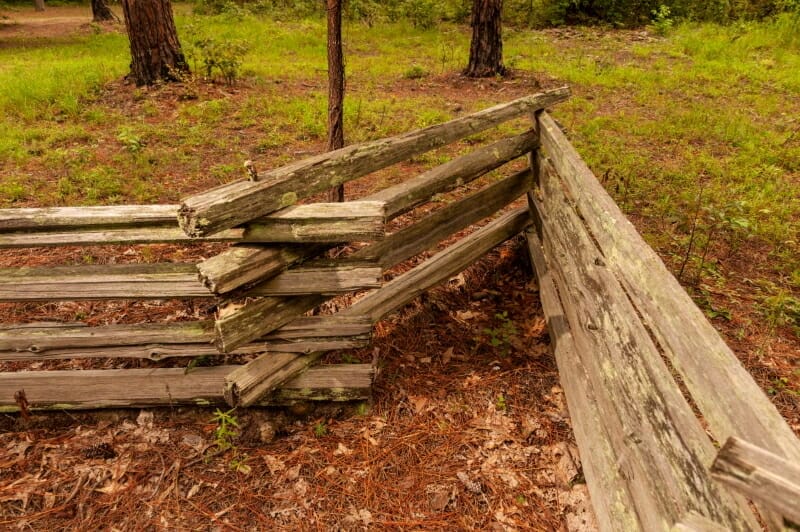

Many Americans, and indeed many Arkansans, come to their understanding about the history of the Underground Railroad through schoolroom study of heroes like Harriet Tubman or Frederick Douglass. The movie “Harriet,” released in 2019, gave us a visual understanding of the escape to freedom. But people may have missed the stories of the struggle for freedom of enslaved people in Arkansas.
I recently connected with Arkansas historian Charles Bolton, professor emeritus of history at the University of Arkansas at Little Rock, and the author of “Fugitivism: Escaping Slavery in the Lower Mississippi Valley.”
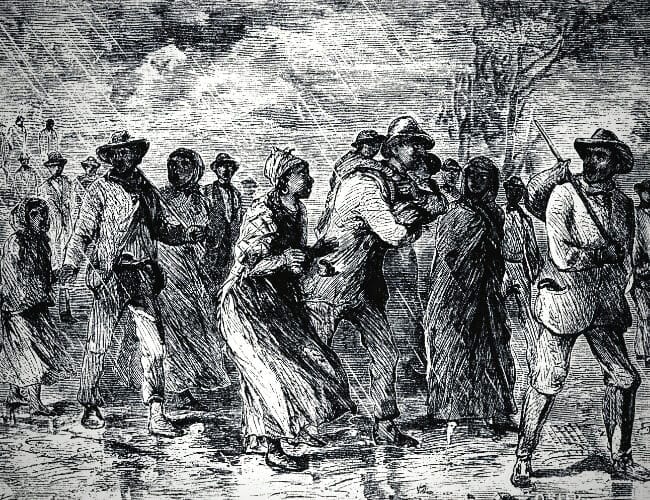
Enslaved People’s Struggle for Freedom
While we like to think there is a series of destinations and individuals like the storied experience in the North as enslaved people escaped into Canada, most escaping slaves in the South and across the Mississippi Valley were just looking for a way out: a place of familiarity near family or friends.”
As a contributor to multiple publications related to Arkansas history, and in sharing his viewpoint from researching as the lead contact for the National Park Service’s Network to Freedom project, Bolton did what professors do: educate.
He described the primary intent of the project as demonstrating different ways enslaved people were helped, no matter where they lived or where they were headed.
The real heroes in the story across the South are other Black people and freedmen who served to provide a way out for those seeking it.”
Since there is no real evidence of an organized Underground Railroad system (neither underground nor a railroad) through Arkansas, it is more likely that most enslaved people used a more common form of resistance called “steal away.” Hoping to show their value, an enslaved person would hide out with freedmen in the bayou or hidden area of a nearby town for a period of two weeks to a couple of months.
This was a more likely option for Arkansans since traveling through the northern routes to freedom was a lot of work and a long distance. Simply put, the likelihood of someone leaving Arkansas and navigating through Kansas or Kentucky to cross the Ohio River and making it to the Northwest states was very slim.
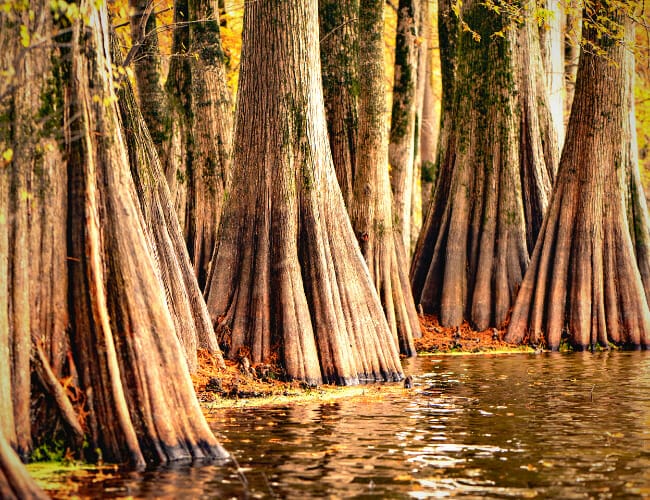
Network to Freedom Project
The Arkansas and Mississippi rivers often proved to be an active highway system for those seeking refuge. The terrain of a primarily undeveloped state made the wilderness an excellent place for freedom seekers from Louisiana and Mississippi. Newspaper advertisements in the Network to Freedom project collection for Arkansas speak of individuals from other states believed to be hiding out in the state.
“Yessum, iffen you could get to the Yankee’s camp you was free right now.” – Boston Blackwell
Sites in Arkansas known or believed to be part of the “Underground Railroad”:
- Bayou Bartholomew in Pine Bluff: Before the Delta area was drained, these river bottoms filled with cypress trees served not only as safe havens for escaping people, but also gathering places and food sources.
- Civil War Tour* in Helena: Helena was considered “ground zero” for emancipation in Arkansas. The self-guided, walking/driving tour recounts the story of freedom seekers, labor and employment, recreation sites and an African American cemetery.
- Freedom Park* in Helena celebrates the role of African Americans in the Civil War battles at Helena. Helena became an oasis for freed people, with 2,000 freedom seekers following Union troops into town in the summer of 1862.
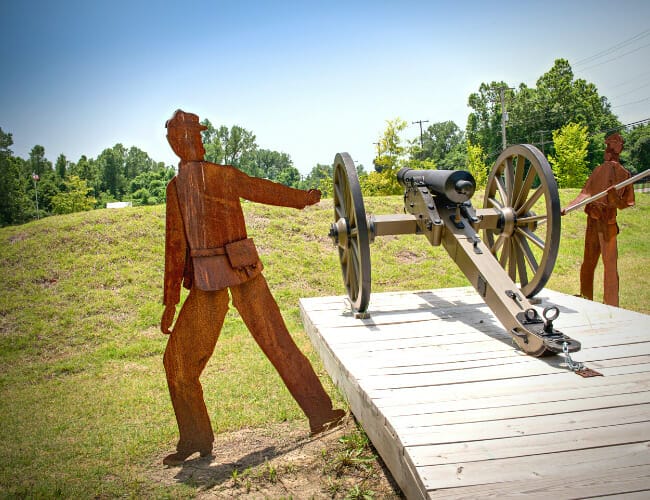
- Poison Springs Battle Site* in Bluff City: A volunteer regiment of mainly formerly enslaved men faced the largest Confederate battle in an ambush on their way back to Camden.
- Battle of Pine Bluff*: An account of this battle is captured through the story of Boston Blackwell, sharing the safety of the Union soldier contraband camp for many enslaved people seeking freedom. African American civilians staying in the camp fought off an attack at the courthouse square. The “Runaway Blues” written during the time gave way to the deep blues musical roots of Jefferson County.
- Runaway Blues Virtual Museum in Pine Bluff: An online art exhibit and stories of freedom seekers.
- Nelson Hackett Project* housed at the University of Arkansas: This tells the story of a man who fled from Fayetteville to Canada. His owner arrived in Canada with the Arkansas governor and a warrant for his arrest as a thief. He is the only known fugitive Canada allowed to be returned to bondage.
- Indian Territory in Fort Smith and beyond: Whether with white men helping them to freedom or just access from proximity, the newly formed Indian Territory became a place for many fugitives.
- Leake – Ingram Library in Camden: Initially built in 1850 as a law office and later became the Ouachita County Freedman’s Bureau. Believed to be the last standing Freedman’s Bureau building, the library stands as part of the McCollum Chidester House museum exhibits.
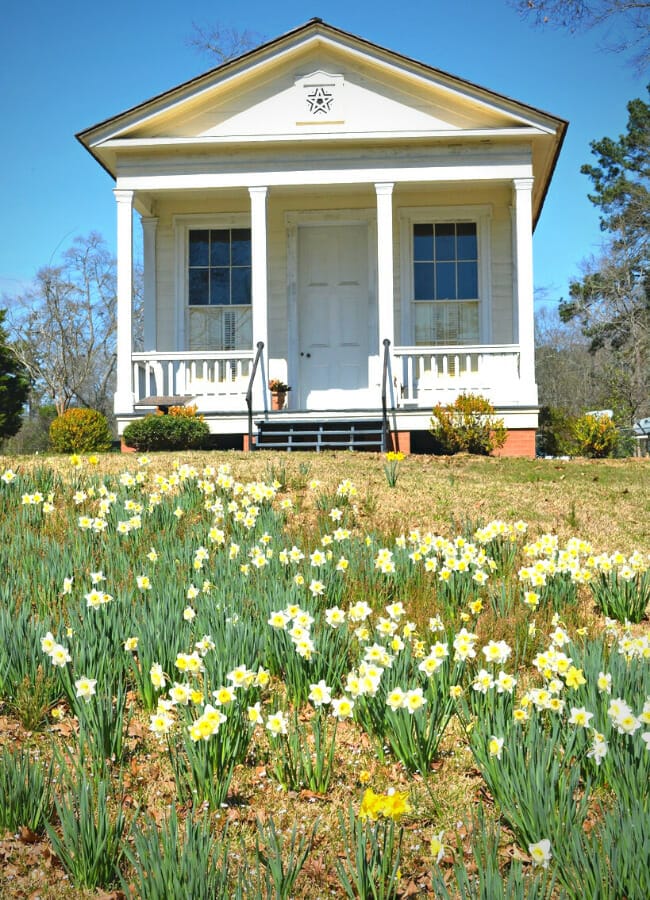
Experience the Network to Freedom virtual exhibit, “North is Freedom,” a series of stories told through photographs of descendants.
* Denotes a National Park Service Designated Site
Special thanks to historian Charles Bolton for his insights and written works, Fugitivism and Fugitives from Injustice, used for research for this article.
Join the Conversation
Leave a Comment
3 responses to “The Underground Railroad in Arkansas”
 Leave a Reply
Leave a Reply
We do the work.
You check your email.
Sign up for our weekly e-news.
Get stories sent straight to your inbox!












 Leave a Reply
Leave a Reply
[…] rights has deep roots in Arkansas. Known for early school desegregation and involvement in the Underground Railroad, Arkansas holds a strong commitment to equality and preservation of its past, even in places where […]
I am writing a story about the underground railroad and needed information. With this story, I now can help finish mine.
Thank you,
Mya
I pondered and pondered about what kind of story I should write. Now that I’ve read this, I know what to write about: the Underground Railroad!
-Hannah